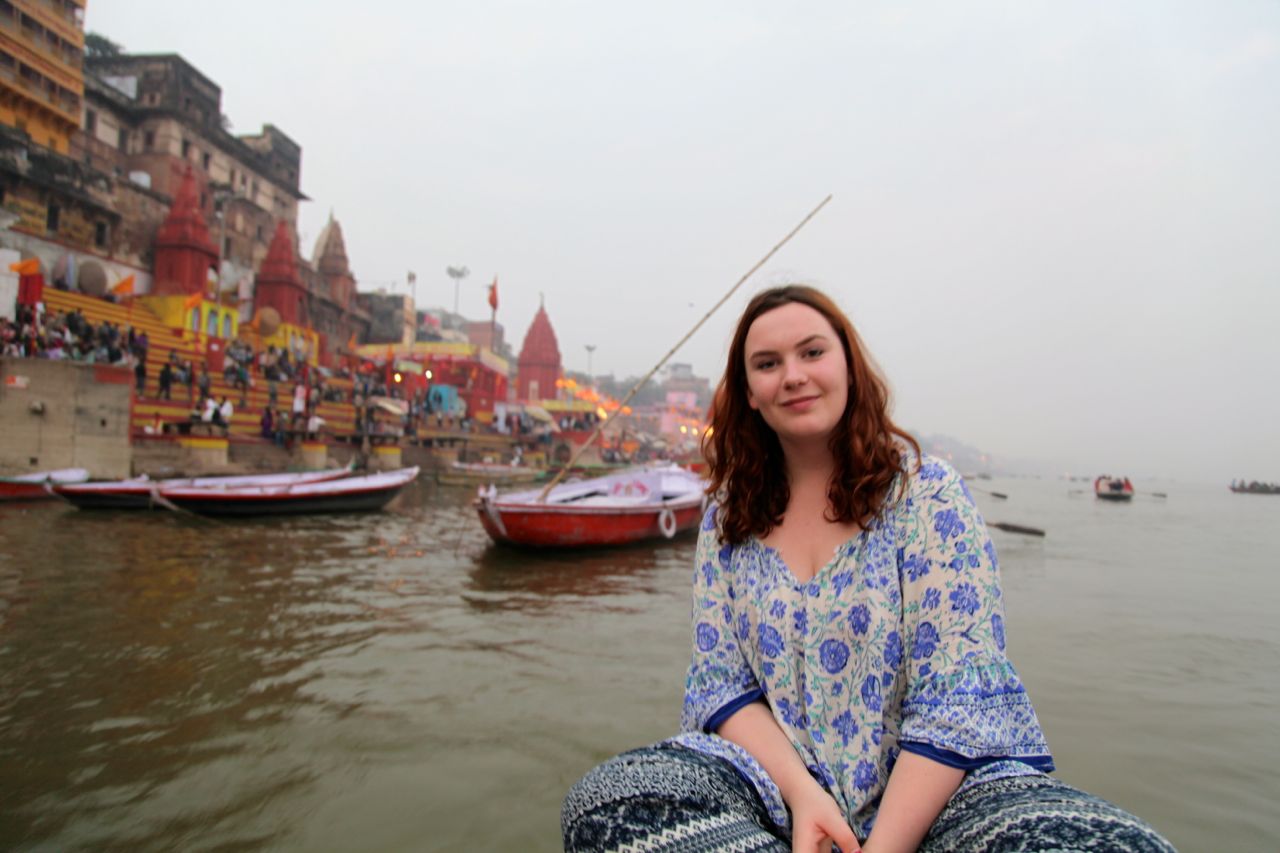Korsakow clips mean nothing on their own, they gain meaning through their connections to other clips.
Filtered through the subjectivity of the maker. Doesn’t have to be grounded in reality. It’s all about the voice of the filmmaker. The essay and its relationship with experience. Documentary is all non-fictional cinema. Essay films are a category within documentary. Not so much telling you what to think as an invitation to think with the creator. Exploratory as it is a thinking through of a … who knows what.
Style and genre differ. Genre has specific qualifiers that make it a specific genre, styles have different elements that are similar but can fit into different genres. Genre is more about content than how you make it go about. Style is about what it is about. Our Korsakow films can be any genre, but the style is important.
We cannot know what our intent is. Intent does not survive anything. Parody and satire undermine intent. Intent counts for nothing.

